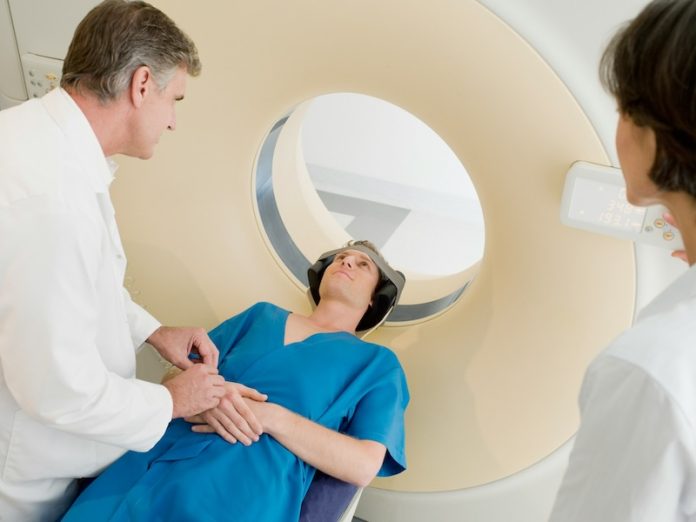
Stroke is a major global health challenge, ranking as the second leading cause of death worldwide and the fifth in the United States.
Given the urgency of stroke care, researchers at Ochsner Health have developed a highly accurate predictive model to help determine which patients undergoing urgent carotid intervention are most likely to regain functional independence.
This new model, created under the leadership of Dr. Hernan Bazan, has an impressive 93% accuracy rate in predicting recovery outcomes.
The findings, published in the Journal of the American College of Surgeons, mark a significant step toward improving stroke care through data-driven decision-making.
The predictive model is based on four key clinical factors:
- Stroke severity – Measures the extent of neurological damage.
- Frailty risk score – Assesses a patient’s overall strength and resilience.
- Timing of intervention – Evaluates how quickly treatment is provided.
- Use of thrombolysis – Considers whether clot-busting drugs were used before surgery.
By analyzing these factors in real-time, the model helps doctors make more informed decisions about when and how to perform carotid interventions. These procedures, which restore blood flow to the brain by removing blockages in the carotid artery, can be life-saving but are complex and not always appropriate for every patient.
Dr. Bazan, who serves as the John Ochsner Professor of Cardiovascular Innovation, explained the importance of this approach:
“We are entering a new era of stroke care where data-driven insights guide every decision. By integrating a real-time frailty risk score into electronic medical records (EMR), along with stroke severity and other key factors, we can proactively determine who will benefit most from immediate surgery and who may need prehabilitation before intervention.”
This model also supports larger healthcare initiatives. As Dr. Bazan noted, it aligns with the 2025 Centers for Medicare & Medicaid Services (CMS) goals, which focus on value-based care and age-friendly health system measures.
By improving accuracy in patient selection, the model contributes to better outcomes, reduces unnecessary procedures, and enhances overall healthcare quality.
One of the most challenging aspects of stroke care is predicting whether a patient will regain functional independence after surgery. The new model provides doctors with a much-needed tool to assess recovery potential with greater confidence.
Dr. Leo Seoane, executive vice president and chief academic officer at Ochsner Health, emphasized how this innovation improves patient-centered care:
“Predicting a patient’s recovery potential with such reliability gives us an unprecedented level of confidence in our treatment decisions. This ensures that every patient receives the care best suited to their situation, further advancing our commitment to excellence.”
By integrating this model into routine clinical workflows, Ochsner Health is giving physicians the ability to tailor stroke treatment to each patient’s needs. This means better short-term recovery, improved long-term quality of life, and more efficient use of medical resources.
As stroke care continues to evolve, models like this represent a major step forward, helping doctors provide smarter, more precise treatments and giving stroke patients the best possible chance at recovery.
If you care about stroke, please read studies that diets high in flavonoids could help reduce stroke risk, and MIND diet could slow down cognitive decline after stroke.
For more health information, please see recent studies about antioxidants that could help reduce the risk of dementia, and tea and coffee may help lower your risk of stroke, dementia.
The research findings can be found in the Journal of the American College of Surgeons.
Copyright © 2025 Knowridge Science Report. All rights reserved.



